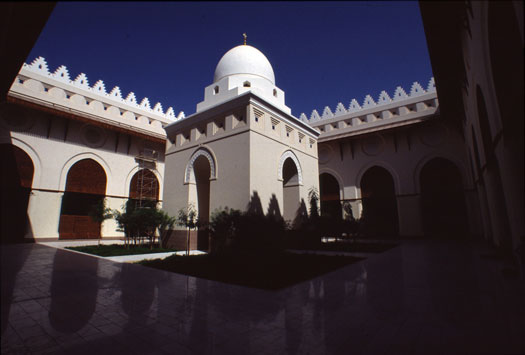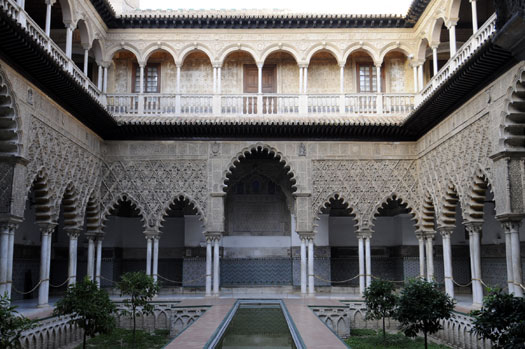"Big Dreams Create the Magic that Stir Men's Souls to Greatness..."
Legendary college football coach Bill McCartney set the standard high for all terrestrial pursuits with this oft-cited rhetorical chestnut.
When contemplating the quagmire over the Cordoba House in Lower Manhattan (as distinct from "Ground Zero"), and the unconstitutional intolerance of one of the world's three great Abrahamaic religions as determined by politics and public polling, McCartney's challenge bears enlistment. The looming ninth anniversary of the 9/11 attacks focuses collective minds frankly wherever the House finally takes hold.
How to do so? One way is with great design. That is what is called for today whether through some sort of international design competition or at the very least some sort of targeted request for proposal to those architects and designers at the forefront of envisioning the built future today. There is a fine opportunity beckoning indeed to create magic and in turn stir souls or, at least, more widespread interest and possible support. While Gehry's "Bilbao effect" with his renowned Guggenheim satellite in that previously hard-pressed city is an extreme example, it describes nonetheless the galvanizing civic impact architecture can have. An attempt was likewise made at the former World Trade Center site but its political and logistical complexity along with cost overruns ultimately diluted design's overall cohering role.
In the Arab world there has long been an eager embrace of "western design" that has much benefited the American and European profession for the last generation. The best current case in point is Abu Dhabi's Saadiyat Island where no less than (Jewish) North America's Frank Gehry, along with Lord (Norman) Foster, Jean Nouvel, and Zaha Hadid (residing and working from London) have been engaged to create this 21st-century Acropolis of world culture as gateway to the Arabian world. Each museum on this multi-billion dollar endeavor seeks to reconcile past ruptures and forge a dynamic future across cultures and disciplines. Such recognition of foreign talent is not even remotely reciprocated on this side of the Atlantic.
The annual winners of the Aga Khan Awards for Architecture, seeking as they do "to identify and encourage building concepts that successfully address the needs and aspirations of societies in which Muslims have a significant presence," reveal the depth of talent that goes unrecognized here. In addition, there is an under-recognized yet very significant architectural awards program administered by the School of Architecture at the University of Notre Dame called the Richard H. Driehaus Prize, which also reinforces the opportunity at hand. Its focus is on contemporary classicism and related traditional design; in the last two years the Prize has gone to a pair of architects who work in what can best be characterized as Islamic vocabularies, emphatically of their time with a sophisticated nod to tradition yet according embrace of contemporary exigencies.

El-Wakel's Miqat mosque.
Image courtesy Notre Dame.
One is the distinguished Egyptian architect, Abdel Wahed El-Wakel, followed as he was by Spaniard Rafael Manzano Martos, whose preservation and reinterpretation of the fabled Moorish Iberian tradition of Mudéjar design has revealed an enduring application of its underlying principles.

The Alcázar of Seville.
Manzano Martos was the director-curator and governor.
Originally constructed in the 12th Century.
Image courtesy Notre Dame.
While any design competition should not be constrained by such sympathetic experience per se, the excellence of this work hints at the promise prospectively at hand both to build cultural bridges and enhance New York City in what frankly is a relatively blighted zone, which, as now stands, has nothing whatsoever to do with the hoped-for sanctity of an entire "Ground Zero" quadrant.
In the past at least New York (and America) dared to act in bold spirit and in turn to stir souls as building blocks of social and economic dynamism. It welcomed world input and cross-cultural integration. Does it dare to do so again or shall it hunker down with retrograde panic and settle for mediocrity? Is that not a sure sign of a culture in descent? That seems an ignominious legacy for those who perished there nine years ago.